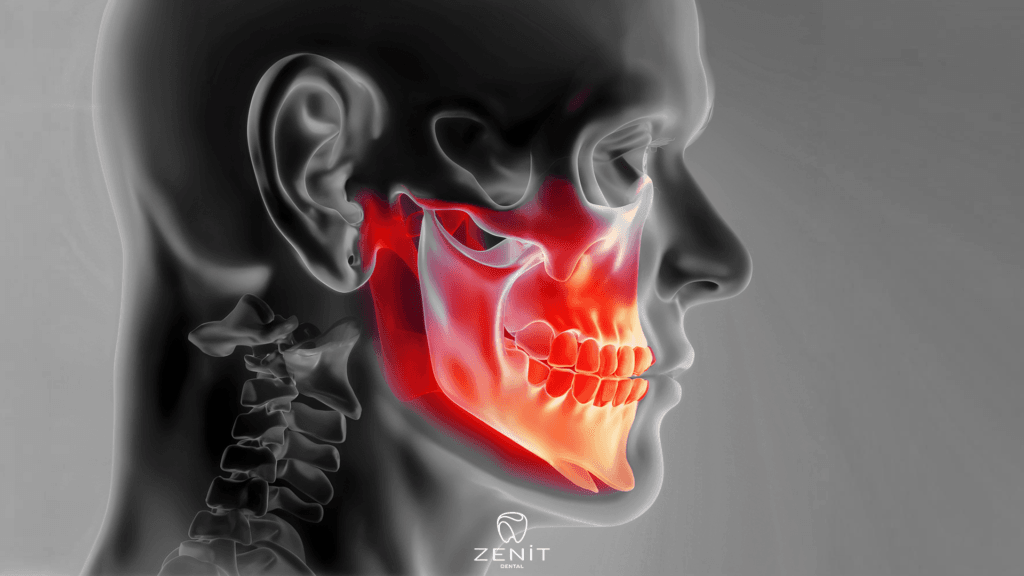An apicoectomy is a surgical system that involves the removal of the tip of a tooth’s root, also recognised as the apex, and the surrounding infected tissue. The procedure is typically carried out to treat a persistent infection in a enamel that has already undergone a root canal treatment, and it is generally considered safe. However, as with any surgical procedure, there are some dangers involved.
What Is Apicoectomy?
Apicoectomy, also known as root end surgery, is a minor surgical method performed by an endodontist to remove the tip of a tooth’s root that has been broken or infected. It is typically done after a root canal treatment has failed or is unlikely to be successful.
During a root canal, the pulp of the tooth, which contains the nerves and blood vessels, is removed to prevent the unfold of infection. However, if the infection has spread to the tip of the root, an apicoectomy may be integral to remove the infected tissue and prevent similarly damage to the tooth and surrounding tissues.
Why Is Apicoectomy Done?

Apicoectomy is typically accomplished when a root canal treatment has failed or is unlikely to be successful. This may appear due to a variety of factors, including:
- The presence of narrow or curved root canals that are difficult to smooth and shape during the root canal treatment.
- A damaged root floor or a root that is too short to be treated with conventional root canal therapy.
- The presence of a power infection or inflammation around the tip of the root, no matter previous root canal treatment.
- The presence of a fractured root or a root that is weakened due to other factors such as trauma or decay.
An apicoectomy may also also be recommended if a cyst or abscess has developed at the tip of the root, as this can lead to further issues if left untreated.
How To Do Apicoectomy?
The apicoectomy procedure is typically done underneath local anesthesia and can be completed in a single visit. Here are the general steps worried in an apicoectomy:
- An incision is made in the gum tissue near the affected tooth to expose the bone and surrounding tissues.
- The endodontist uses a small dental drill to get right of entry to the root canal and remove any remaining infected tissue.
- The tip of the root is then eliminated using a special instrument called an apicoectomy bur. The endodontist may also also use a small microscope to visualize the area and ensure that all of the contaminated tissue has been removed.
- The root end is then sealed with a small filling material to prevent micro organism from entering the canal.
- The incision is then closed with stitches and a small amount of gauze is placed over the region to control bleeding.
After the procedure, the patient will be given instructions on how to care for the surgical web page and may be prescribed pain medication or antibiotics to forestall infection.
The Risks of Apicoectomy

As with any surgical procedure, there are some risks associated with an apicoectomy. These include:
- Pain and swelling: It is ordinary to experience some pain and swelling after the procedure, which can be managed with pain medicinal drug and ice packs.
- Infection: Although the risk of infection is low, it is still a possibility. Antibiotics may also be prescribed to prevent infection, and the patient should cautiously follow any post-operative instructions provided by way of the endodontist.
- Nerve damage: There is a small risk of nerve damage during the procedure, which can lead to numbness or tingling in the lips, tongue, or chin. In most cases, this is transient and will resolve on its own within a few weeks or months.
- Tooth damage: There is a small danger of damage to the tooth during the procedure, which can manifest if the endodontist accidentally removes too much of the root or damages the surrounding tissues.
- Sinus problems: In uncommon cases, an apicoectomy can cause sinus problems if the root of the tooth is placed near the sinuses. This can lead to sinus pain, congestion, or infection.
Despite these risks, apicoectomy is generally a safe and wonderful procedure for patients who require it. The risks can be minimized via choosing an experienced and skilled endodontist and cautiously following all post-operative instructions.
It is important to note that the success rate of apicoectomy is high, with most sufferers experiencing improved symptoms and reduced contamination after the procedure. However, it is still possible for the infection to recur, in particular if the patient does not maintain exact oral hygiene or if the tooth is further damaged or decayed.
In some cases, the endodontist might also recommend a different course of treatment, such as a teeth extraction or a retreatment of the root canal, depending on the severity of the condition and the patient’s overall oral health.
It is additionally important to note that apicoectomy is not continually necessary, and some patients may be able to keep away from it by taking good care of their teeth and searching for prompt treatment for any signs of contamination or decay.
In conclusion, apicoectomy is a minor surgical procedure that can help to save a broken or infected tooth and prevent similarly complications. While there are some risks associated with the procedure, these can be minimized with proper care and follow-up. If you are experiencing dental ache or other symptoms, it is important to seek immediate treatment from a qualified endodontist to determine the high-quality course of action for your individual needs.






